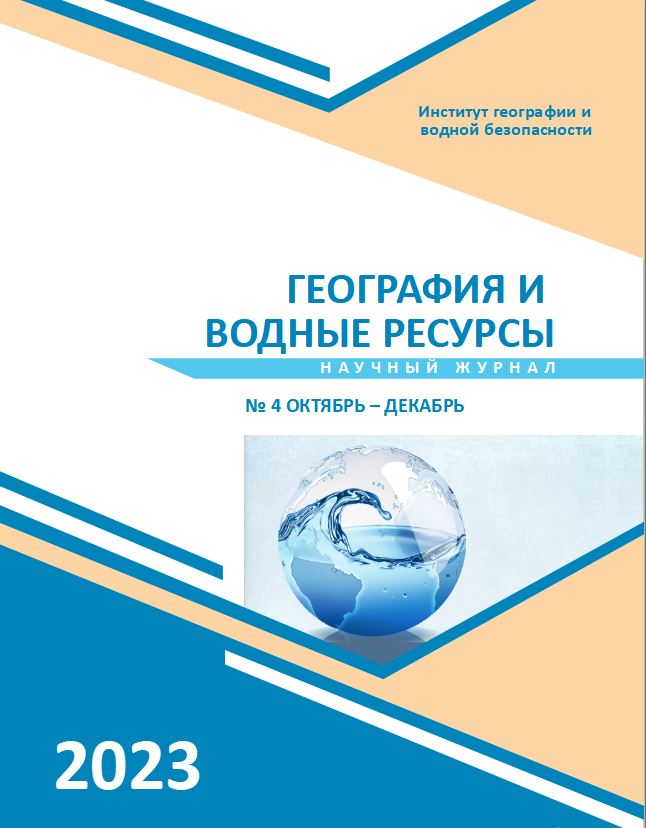THE OBSERVATION NETWORK PERFECTION FOR FLIGHT SAFETY IN THE REPUBLIC OF KAZAKHSTAN
Main Article Content
Abstract
Abstract. One of the ways of flight safety improvement and quality air traffic services is perfection the material and technical equipment of the country's observation network. This makes it possible to improve the analysis of the state of the “surface background– atmosphere” system, which is necessary, in particular, to identify hazardous and especially dangerous weather phenomena and to predict them. One of the directions for improving the means of monitoring atmospheric processes is the use of remote sensing methods of the atmosphere, which include meteorological radar. Today, meteorological radar networks have been created in all developed countries: in the United States, the NEXRAD network unites about 150 WSR-88D Doppler polarized S-band radars; in Europe, within the framework of the international OPERA project, about 180 radars from various manufacturers working in various observation programs are networked. Some of them are doppler and polarized. In China, Japan, Australia, radars are also integrated into national networks. In the process of analyzing open sources, we determined the main characteristics of meteorological radar networks in several countries of the world and calculated the required number of radars to cover the territory of the Republic of Kazakhstan.
Article Details
References
Bazlova T.A., Bocharnikov N.V., Brylev G.B., Kuznetsova L.I., Linev A.G., Malanpchsv S.A., Olenev V.A., Parkinen T.V., Solonin A.S., Ustinov V.K., Frolov V.I., Chetverikova E.S., Yakimainen N.A. Meteorological emergency radar
networks. SPb.: Gidrometeoizdat, 2002. 331р. (in Russ.).
Enterprise Electronics Corporation, USA. Weather radar solutions for today and tomorrow. A tech.-sys. Company:
Prospects. 1999.
Golden J.H. The prospects and promise of NEXRAD: 1990's and beyond // COST 73. 1989. P. 17-36.
Perelygin B.V. A method of creating a radar network for hydrometeorological monitoring of the atmosphere // Radio
engineering. 2019. Issue 196. Р. 38-45 (in Russ.).

